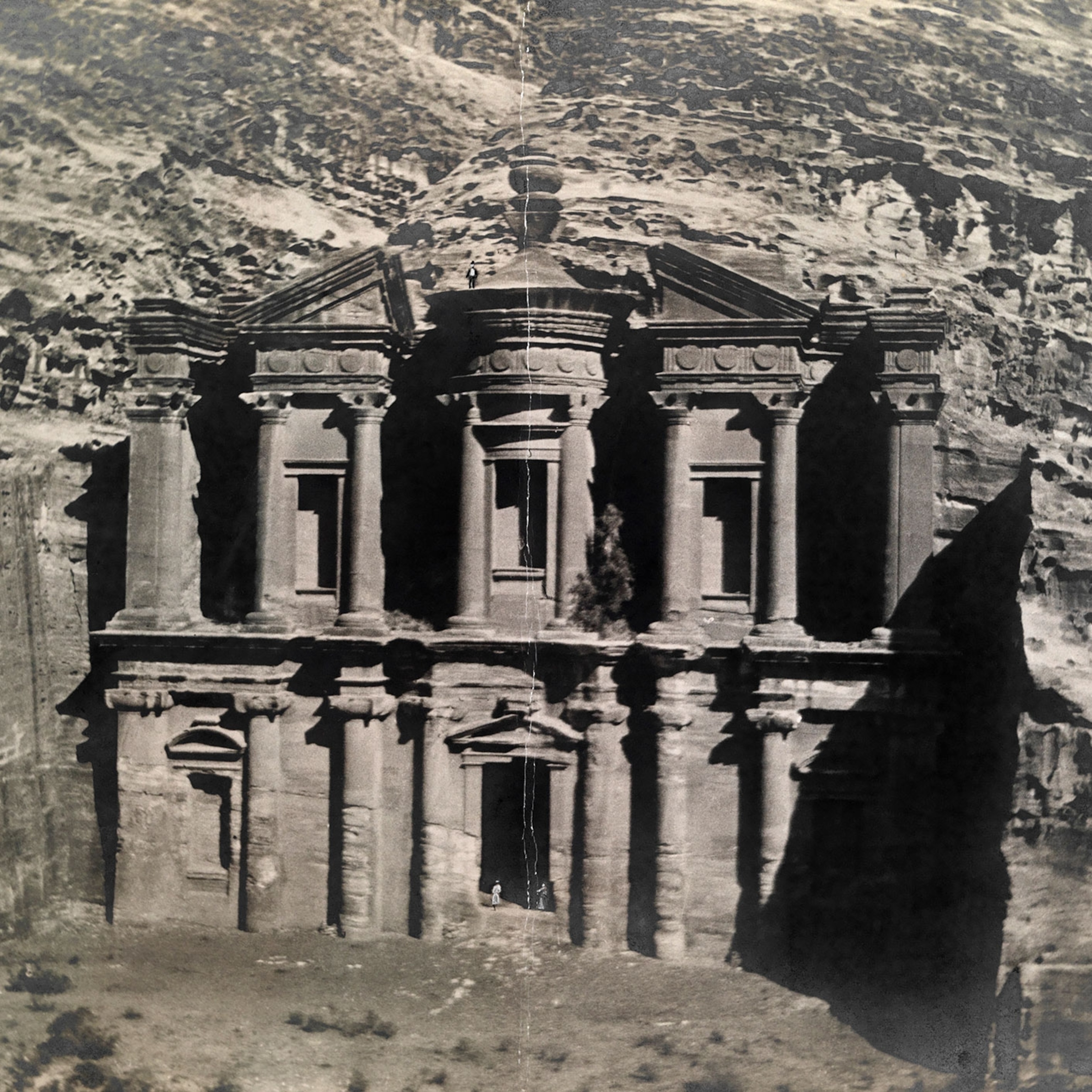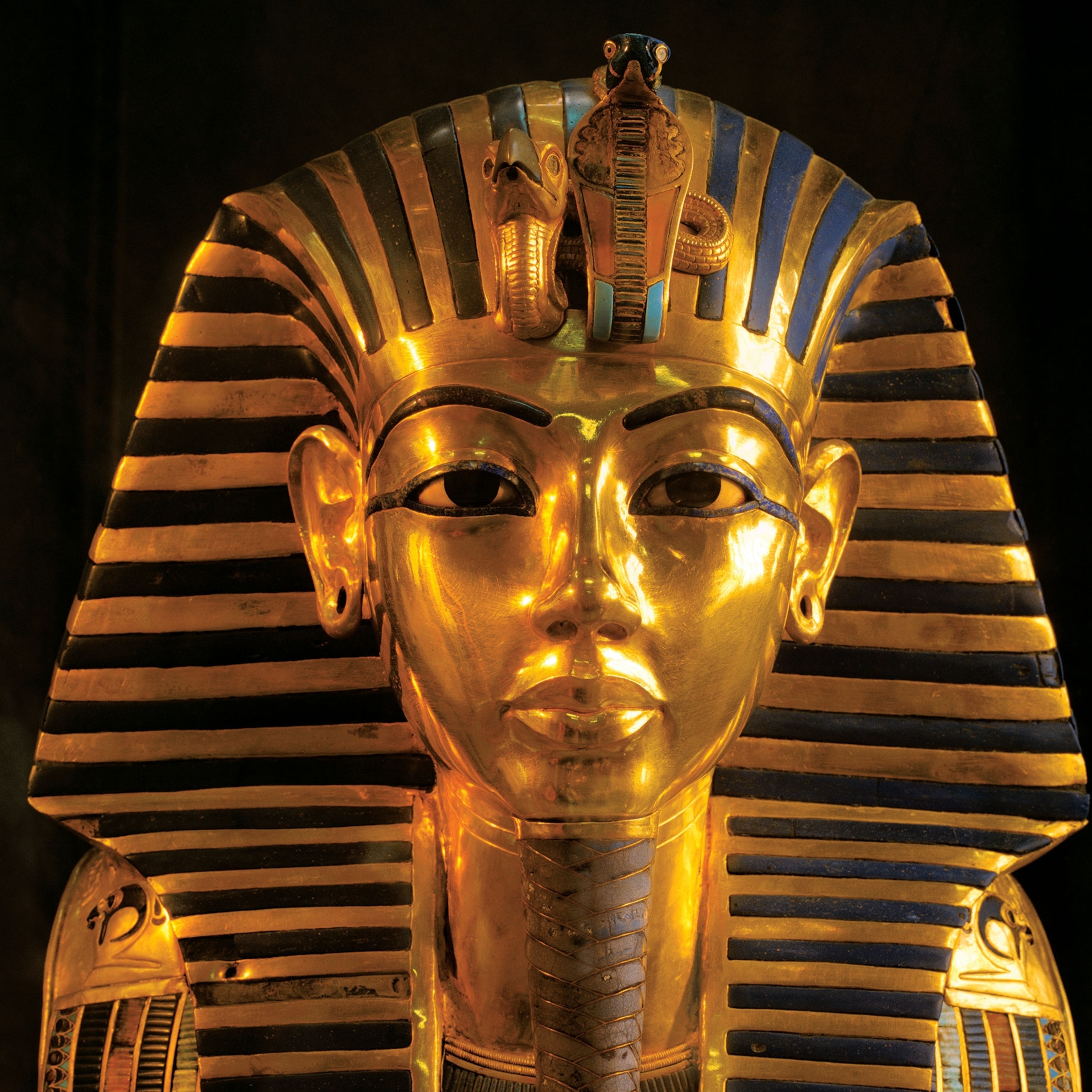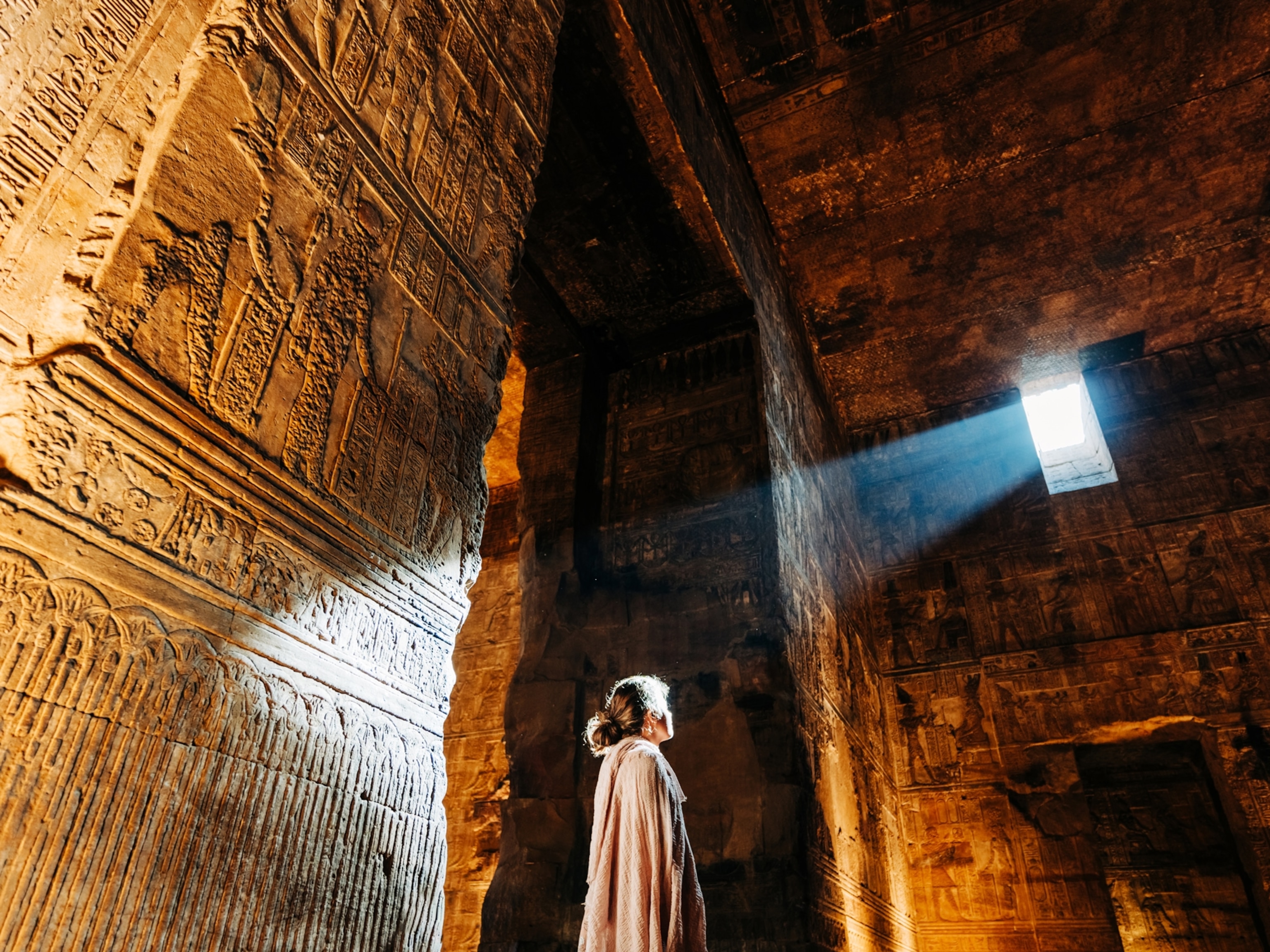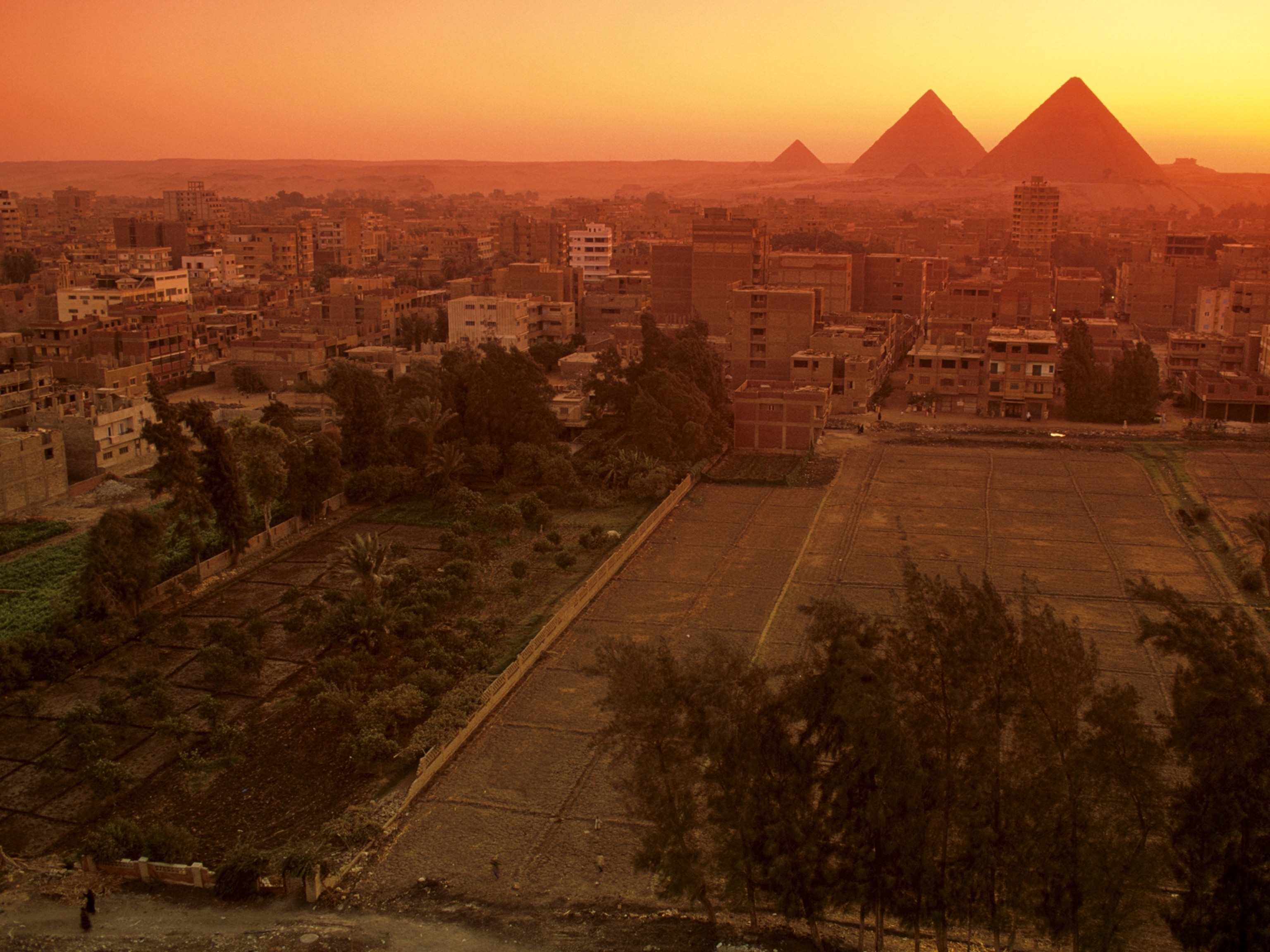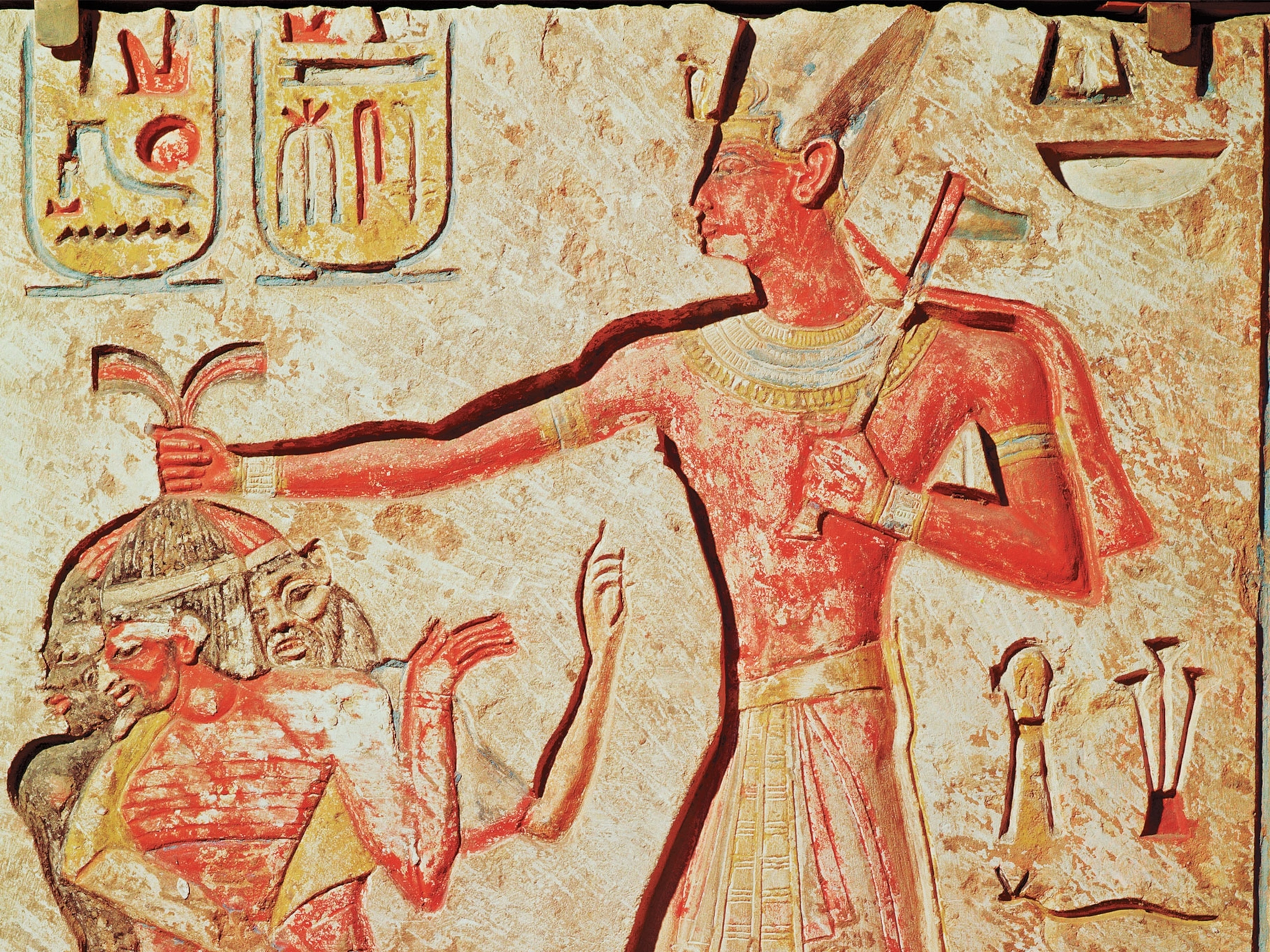
Were these ancient sites built by aliens? Here’s why some people think so.
From the Egyptian pyramids to the Nasca (Nazca) Lines, these ancient sites are some of the most enigmatic constructions on Earth.
Mysterious ancient sites dot every corner of Earth. Some of these archaeological sites seem to defy the technological capabilities of their time, either because they’re too big, too heavy, or too complex.
As such, some suggest the ancient builders of the Egyptian pyramids, the Nasca Lines, and others were following an extraterrestrial instruction manual. Perhaps the hands that crafted these ancient structures weren’t really of this world.
To be sure, it’s fun to think about whether aliens have visited Earth. After all, humans are on the threshold of expanding our reach in space, and places like Mars are in our sight.
But the truth is, there’s no evidence suggesting that aliens have ever been here. Invoking a supernatural explanation for some of the most monumental of human achievements skips over the ingenuity of prehistoric civilizations.
Here are seven of the largest and most enigmatic structures on the planet.
Sacsayhuamán

Outside the old Inca capital of Cusco, a fortress called Sacsayhuamán rests in the Peruvian Andes. The site was built from enormous stones that were chiseled and stacked together like a jigsaw puzzle. Some say Sacsayhuamán could be the work of an ancient civilization that had a little help from interstellar friends.
(Andean glaciers are melting, reshaping centuries-old Indigenous rituals)
The 1,000-year-old interlocking fortress walls are made of rocks that weigh as much as 220 tons each, and which were carried more than 20 miles before being lifted and fit into place with laser-like precision.
How an ancient culture accomplished such a feat of engineering is a fun little problem to solve. Turns out the Inca were as adept at building houses and fortified complexes as they were at watching the sky and keeping calendars.
In fact, Sacsayhuamán isn’t the only example of this intricate masonry. Similar walls exist throughout the Inca Empire, including one in Cusco where a 12-angled stone has been carefully wedged into place.
More recently, archaeologists have uncovered traces of the rope-and-lever system the Inca used to transport stones from their quarries to their cities—a system that relied on strength and ingenuity, rather than alien architects.
(This Inca girl was frozen for 500 years. She just got a new face.)
Nasca Lines

On a high and dry plateau some 200 miles southeast of Lima, more than hundreds of long, straight white lines are etched into the Peruvian desert, seemingly at random. Joining them are 430 geometric shapes, including figures of animals like a spider, a monkey, and a hummingbird. In recent years, scientists using AI technology have discovered 300 more glyphs.
The longest of the lines run straight as an arrow for miles. The biggest shapes stretch nearly 1,200 feet across and are best viewed from the air. Scientists suspect the Nasca (also spelled Nazca) Lines, a UNESCO World Heritage site, are as many as two millennia old.
(Is World Heritage status enough to save endangered sites?)
Because of their age, size, visibility from above, and mysterious nature, the lines are often cited as one of the best examples of alien handiwork on Earth. Otherwise, how would people from the ancient world have been able to make such huge designs in the desert without being able to fly? And why?
Turns out, it’s rather easy to understand how. Called geoglyphs, these enigmatic designs are made by removing the top, rust-colored layer of rocks to expose the brighter white sand underneath.
Explaining why is more difficult to comprehend. Scientists who first studied the lines in the early 1900s suspected they were made to align with constellations or solstices.
However, more recent work suggests the Nasca Lines point to ceremonial or ritual sites related to water and fertility. In addition to being visible from the air, the shapes can be seen from surrounding foothills.
(Go on a luxury rail journey through Peruvian mountains)
Egyptian pyramids

Just outside Cairo, in Giza, the most famous of Egypt’s pyramids rise from the desert. Built during the Bronze Age more than 4,500 years ago, the Pyramids at Giza are monumental tombs where ancient queens and pharaohs are buried.
But how, exactly, did the Egyptians build these things? The Great Pyramid is made of millions of precisely hewn stones weighing at least two tons each. Even with today’s cranes and other construction equipment, building a pyramid as big as that of Pharaoh Khufu would be a formidable challenge.
(Scientists find evidence of ancient waterway beside Egypt’s pyramids)
Then there’s the astronomical configuration of the pyramids in the temple complex. Archaeologist believe they align with the stars in Orion’s Belt.
Additionally, alien theorists often point to the fact that these three pyramids are in much better shape than others built centuries later (never mind the amount of work that has gone into preserving them over the past several centuries).
So are Egypt’s pyramids artifacts of aliens? Not exactly. It’s true that scientists aren’t quite sure how the ancient Egyptians built the pyramids—and especially how they did it so quickly. But there’s ample evidence that these tombs are the work of thousands of earthly hands.
(This ancient diary reveals how Egyptians built the Great Pyramid)
Stonehenge

A huge circle of stones, some weighing as much as 50 tons, sits in the English countryside outside Salisbury. Known as Stonehenge, the Neolithic monument inspired Swiss author Erich von Däniken to suggest it was a model of the solar system that also functioned as an alien landing pad.
After all, how else could those massive stones have ended up hundreds of miles from their home quarry?
(See how Stonehenge may have been built)
No one knows what, exactly, the meaning of Stonehenge is. But, as with all the other sites in this collection, the explanation is not aliens. Instead, scientists have demonstrated it’s actually possible to erect such things using technologies that would have been around 5,000 years ago, when the earliest structures at the site were built.
And now, it appears as though the stones are aligned with solstices and eclipses, suggesting the Stonehenge builders were at least keeping an eye on the heavens, even if they didn’t come from above.
Teotihuacán

Teotihuacán, meaning the “City of the Gods,” is a sprawling, ancient city in Mexico that’s best known for its pyramidal temples and astronomical alignments.
Built more than 2,000 years ago, Teotihuacán’s age, size, and complexity can make it seem otherworldly, but it’s very much the work of humans.
(Why the idea that the Maya civilization ‘collapsed’ is wrong)
Scientists suspect that over centuries, a mix of cultures including Maya, Zapotec, and Mixtec built the city that could house more than 100,000 people.
With its murals, tools, transportation system, and evidence of advanced agricultural practices, Teotihuacán is often considered much more technologically developed than should have been possible in pre-Aztec Mexico.
(This fragile wetland is dying. Tour boats could be its unlikely savior.)
- National Geographic Expeditions
By far, the most well known of Teotihuacán’s buildings is the massive Pyramid of the Sun. One of the largest such constructions in the Western Hemisphere, the pyramid’s curious alignment is believed to be based on calendrical cycles.
Easter Island

The enigmas surrounding the moai, Easter Island’s fleet of large stone figures, pretty much follow the same narrative as the other sites described here: How in the world did the Rapa Nui make these figures more than 1,000 years ago? And how did the moai end up on Easter Island?
Carved from stone, the nearly 900 human figures are sprinkled along the flanks of the island’s extinct volcanoes. The figures average 13 feet tall and weigh 14 tons and appear to have been chiseled from the soft volcanic tuff found in the Rano Raraku quarry.
There, more than 400 statues are still in various states of construction, with some completed figures awaiting transportation to their intended resting place.
The reasons for carving the moai are mysterious, though they were likely sculpted for religious or ritual reasons. It’s also not exactly clear what happened to the stone-crafting Rapa Nui.
One theory suggests their civilization succumbed to an environmental disaster of their own making. But a 2024 Columbia University study challenges that claim.
(What it’s like to hike to the end of the world in Chile)
The face on Mars

Spotted by the Viking 1 orbiter in 1976, the so-called “Face on Mars” is nearly two miles long and lies in a region called Cydonia, which separates the smooth plains of the Martian north from the more cratered terrain in the south.
(Here’s a practical guide to stargazing)
At the time of its discovery, scientists dismissed the “face” as shadow play. Over the decades, however, it has become a favorite among those who suspect aliens with a penchant for building things have been visiting the solar system.
In 2001, NASA's Mars Global Surveyor took another good look at the face—using a much higher resolution camera—and saw … no face. Turns out that what had appeared to be a face is just another boring old Martian mesa, not unlike the landforms that litter the U.S. Southwest.
(Find the ancient heart of America on this southwestern road trip)
Still, the existence of such wondrous ancient sites—whether in outer space or here on Earth—is fun to ponder.

